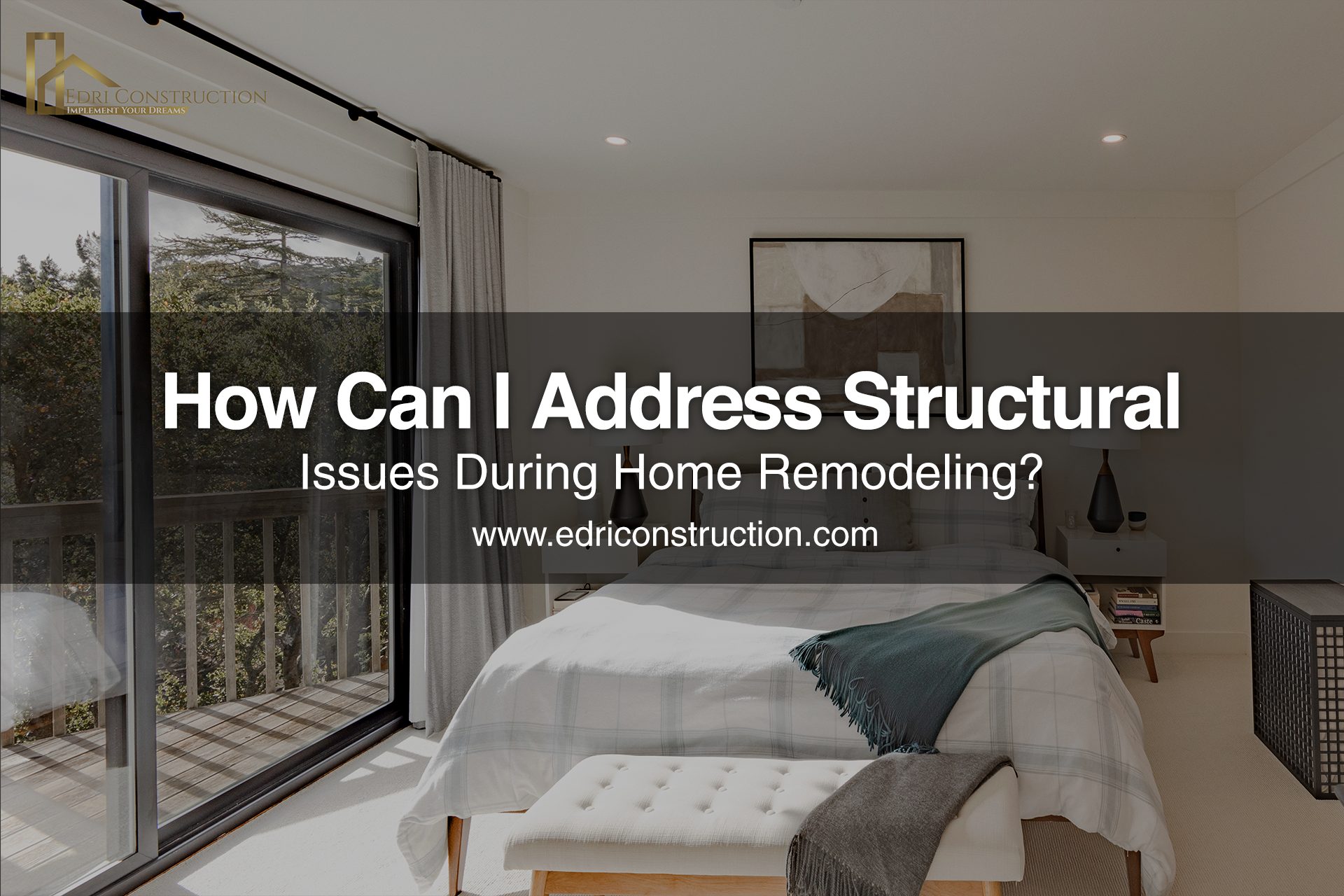Safety Guide From Earthquakes For People Living In San Francisco

If you are living in San Francisco, which is also notorious for being one of the most seismically active regions in the world, then you must be afraid about the safety of your home. Well, the good news is, you’re not alone who was worried which brought seismic retrofitting into action that has the ability to make your home from a ticking time bomb to a fortress. With the right home remodelers , you can ensure the safety of your home and protect them in case of an earthquake.
Why Is It So Dangerous To Have Not Retrofitted Homes In San Francisco
Let’s face it, earthquakes are not predictable as we know, but we can make some prerequisites to protect ourselves. Otherwise, the consequences can be damaging just like the 1906 Earthquake that turned this city into ruins. And most recently, when a 6.0 magnitude earthquake struck Napa city, it caused significant damage to the buildings and infrastructure.
But here's the thing: seismic retrofitting is the key to earthquake safety in San Francisco. This involves adding braces or sheer walls to connect the foundation with the walls, and roofs of your home, ensuring the ultimate safety.
How To Make Your House Seismically Upgraded?
Seismic retrofit is a way to make buildings more resistant to earthquakes. Retrofitting buildings on the San Andreas fault line can be expensive, but there are ways to save money.
The first step is to get an engineer's estimate of what your building needs. A good engineer will be able to tell you how much it would cost, how long it might take, and whether the price would be worth it.
You could also hire an engineer yourself, but this might not be the best idea if you don't know much about engineering and need a lot of help with the process. A better option is to find a structural engineer who has experience retrofitting buildings in earthquake zones and work with them on your project.
If you have existing buildings on your property that need retrofitting, you might also consider hiring an architect or engineer who specializes in seismic safety for these structures. These professionals can offer advice on how best to retrofit your home or business without increasing its overall cost too much.
Is the Government of San Francisco Strict On Seismic Retrofitting?
With some of the strictest seismic codes in the United States, San Francisco requires all buildings to meet specific seismic safety standards, for good reason. The city has more than 12,000 "soft-story" buildings that are vulnerable to collapse in the event of an earthquake. These buildings, which are typically older, multi-story buildings with weak first floors, can be transformed into strong and sturdy structures with seismic retrofitting
Is Seismic Retrofit Just About Protecting Your House?
Not at all, in fact, seismic retrofit is a program to ensure the safety of human life around San Francisco and other parts of California. By ensuring that the buildings are seismically retrofitted, we can easily reduce the chances of injury or death tolls if such an event would ever happens (God Forbid).
So, it all comes down to one thing, would you pay for a seismic retrofit, or have a death threat hanging right over your head? If you think about it for a while then your life would seem more valuable than getting a seismic retrofit.
Other Earthquake Safety Guidelines For Everyone In San Francisco
- Get out of the building.
- Drop to the ground and protect your head with your arms.
- Stay away from windows, doors, and outside walls, as they may fall or become unstable in an earthquake.
- Avoid using elevators and stairs because they can fall unexpectedly during an earthquake.
- If you can't get out of your building for any reason, stay inside until the shaking stops and the building is safe to re-enter.
- If you are in a vehicle and experience a loss of power, stop driving immediately and stay there until help arrives (or pull over safely).
- Avoid being under trees or other tall structures that could fall on top of you during earthquakes if they aren't properly braced against their foundation (for example, by tying something to them).
- When camping outdoors during an earthquake is sure to have a plan for what you will do if it's dark at night (e.g., build a fire or use a flashlight) and pack extra food just in case things go wrong.
Don’t Wait, Act Now!
So, what are you waiting for? Don't wait for the next earthquake to strike.
Take action now and transform your home with seismic retrofitting. With the help of our
ADU construction experts, soft-story retrofitting specialists, and seismic retrofit contractors, you can make your home earthquake-proof and ensure the safety of yourself and your loved ones.










